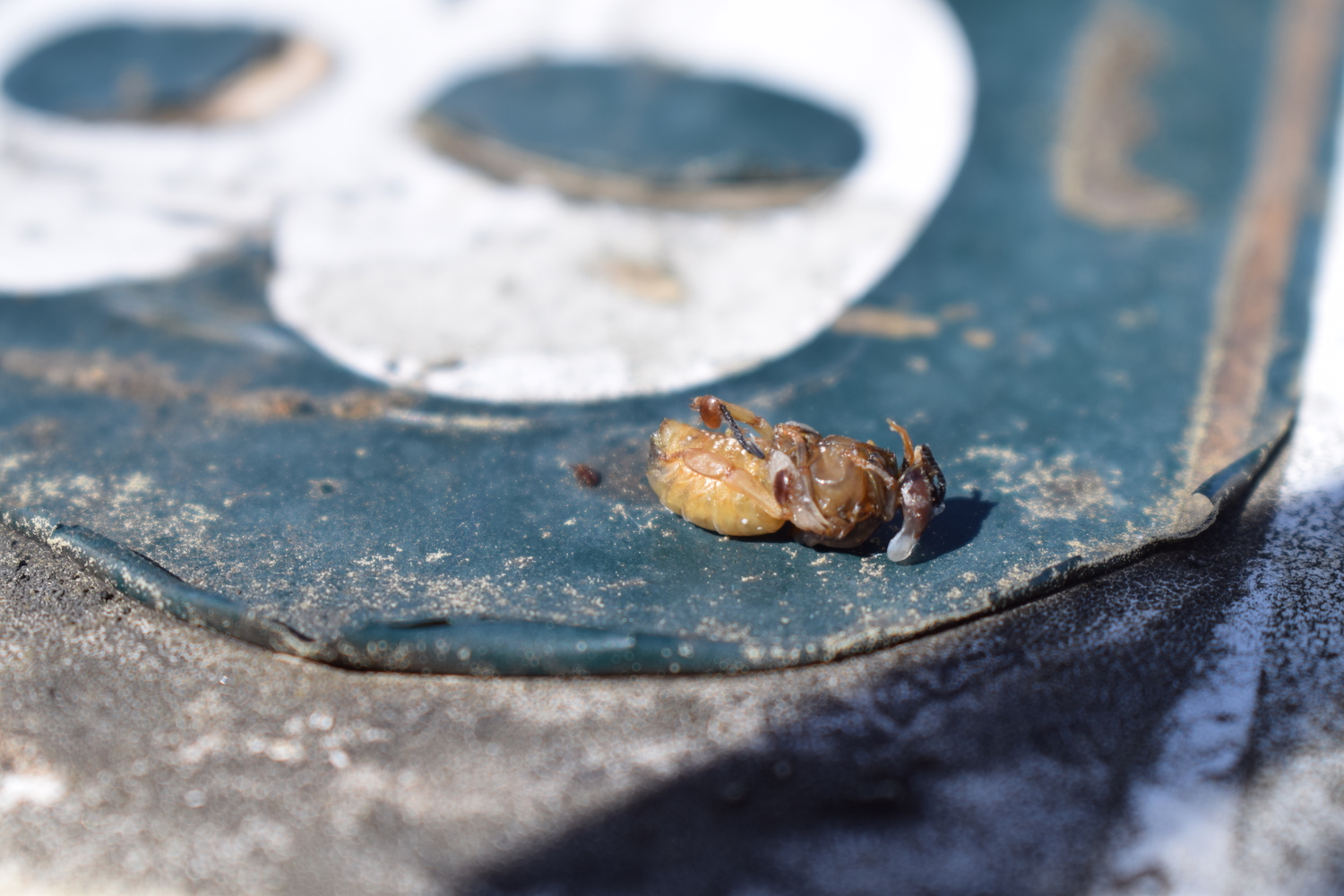
By Mallory Hopkins | gargoyle@flagler.edu
Varroa destructor may sound like a bad guy from the latest hero movie, but it’s actually a whole different type of villain. It’s the Varroa Mite. This type of mite came into the U.S. in the 1980s through Florida. The Varroa mite was called the “worlds most devastating pest of Western honeybees,” in a study by the University of Florida.
This type of mite attaches to the honeybees while they’re still in the cell as larvae. According to the study done on varroa at the University of Florida, the mites feed on the hemolymph, or blood, of the immature honeybee. By attaching to the bees and feeding on their blood, the mites greatly shorten the lifespan of the honeybee, weakening the hive as a whole.
Bo Sterk is the president of the St. Johns Beekeepers Association and is a Florida Master Craftsman Beekeeper–one of three people with that title in the state of Florida. Sterk said that it’s been four to five years since Colony Collapse Disorder has been a problem for beekeepers. Since then, there’s been a lot more research going into the varroa mite (Varroa destructor) and the different viruses that affect honeybees. According to Sterk, they’ve found 25 to 26 different types of viruses that threaten our honeybees.
Marilyn Young, a Jacksonville beekeeper and beekeeping teacher, said that these mites are one of the biggest problems that beekeepers face.

Mites tend to favor male honeybees, called drones, because they go from hive to hive. This allows the mite to spread to more hives and find more honeybees. The drones will get fed and groomed by the worker bees because they can’t do it themselves. When the female honeybees, or workers, groom the males, the mites can spread from bee to bee.
Mites reproduce in the cell with the honeybee as it emerges from the cell. Sterk said he’s not quite sure how varroa made its way to the U.S., but he does believe that globalization is a huge concern.
When the number of mites in a hive increases to 15 mites for every thousand honeybees, the beekeeper has to decide whether they want to allow the mites to take their course with the hive, or treat for mites. Sterk said some beekeepers are following the route of adaptation and allowing the mites to take their course in the hope that the honeybees will develop their own way to get rid of the mites.
Africanized honeybees are known for being more aggressive, but also for being clean, meaning they’re better at getting pests out of their hive and can even be known to move their hive because of a mite or beetle infestation.
Sterk mentioned that another threat to honeybees is something called the Small Hive Beetle (Aethina tumida). These beetles will come into honeybee hives and lay maggots attracted to yeast and pollen. These beetles turn the hive into a “slimy mess,” as Sterk refers to it as, and there’s not much that the honeybees or the beekeeper can do at that point.
Hives can become infested with both mites and beetles and at that point, if the hive is tended to by a beekeeper, they need to just accept the loss of the hive.
Cameron J. Jack is a Ph.D. student at U.F. and is conducting Varroa control studies.
“In Florida, we might even have more infestations because of the warmer climate,” he said regarding mite infestations in honeybee hives.
While hives can be infested with both small hive beetles and mites, Jack believes that the mites are more harmful because they carry viruses and give them to the bees.
“They make hives sick and weak, but the beetles are a problem if you already have a weak hive,” Jack said. “But if you have a strong hive it won’t affect it too much.”



Be the first to comment on "Varroa destructor lives up to its name"